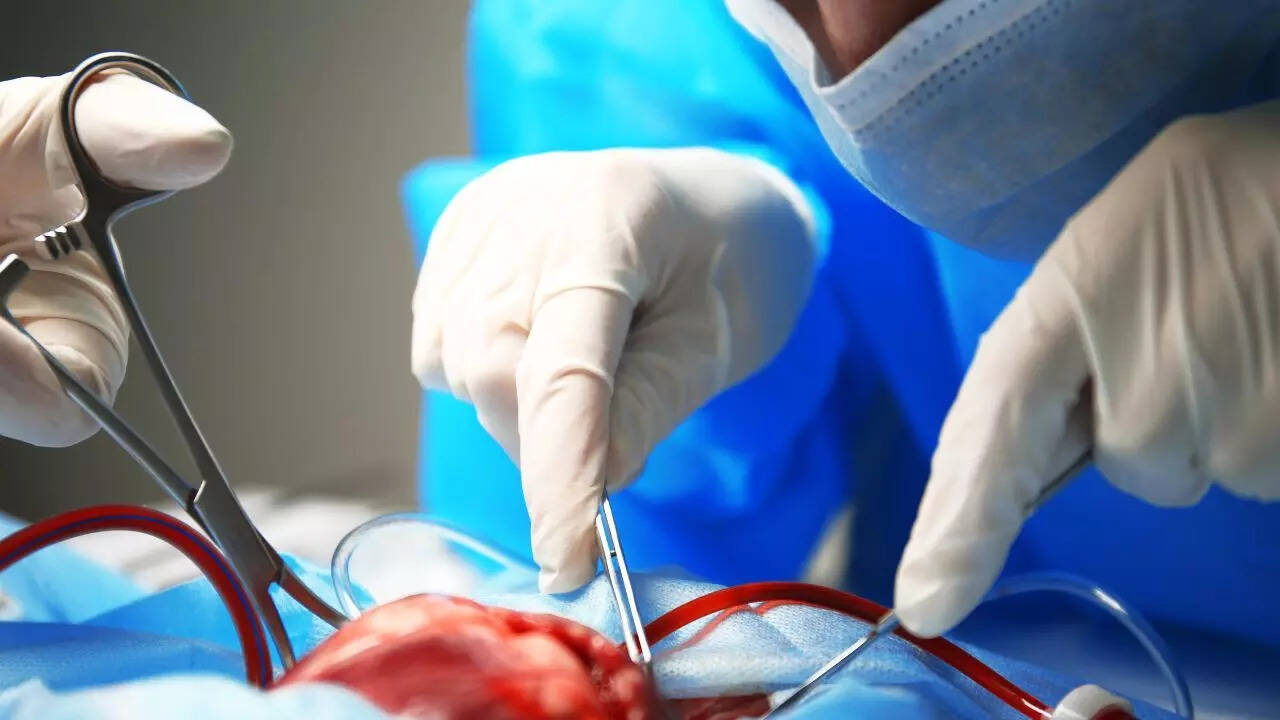Heart health is paramount, and understanding your treatment options is crucial. Two common procedures used to diagnose and treat heart conditions are angiograms and angioplasties. While related, they serve distinct purposes.
Angiogram: The Diagnostic Tool
An angiogram acts as a detective, identifying potential issues within your heart’s vessels. Using X-rays and a special dye, your doctor can visualize the arteries and pinpoint any blockages or narrowing. Think of it as a detailed roadmap of your heart’s circulatory system.
Angioplasty: The Repair Solution
If an angiogram reveals blockages, angioplasty may be the next step. This procedure actively treats the problem by inserting a tiny balloon into the blocked artery. The balloon is inflated, pushing the blockage against the artery walls, thus widening the passage. Often, a small, mesh-like stent is placed to keep the artery open.
The Relationship: A Two-Step Process?
Often, an angiogram is performed *before* an angioplasty. The angiogram provides the necessary information to determine if and where an angioplasty is required. This ensures the treatment is targeted and effective.
Recovery and Risks: What to Expect
Post-procedure recovery typically involves medication and lifestyle adjustments. While generally safe, potential risks exist, including bleeding and damage to the blood vessel. Your doctor will fully explain these risks and address any concerns.
Prioritizing Heart Health: A Long-Term Commitment
Maintaining a heart-healthy lifestyle is critical for long-term well-being. This includes a balanced diet, regular exercise, and avoiding smoking. These preventative measures play a vital role in minimizing the risk of future heart problems.
Personalized Guidance: The Importance of Consultation
It’s essential to consult your doctor for personalized advice and to understand which procedure, if any, is right for you. They can assess your individual needs and create a comprehensive treatment plan.




